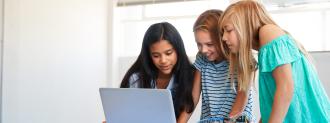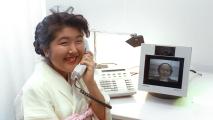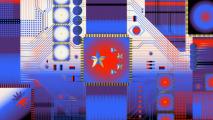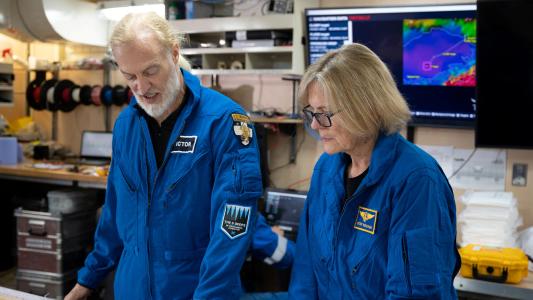Aisha Bowe isn’t your typical aerospace engineer. Ignoring her guidance counselor’s advice, who suggested she become a cosmetologist, Bowe went from community college to NASA. Now she is teaching others how to code.
“I really connect with the idea of refusing to be pigeonholed,” said Bowe in a blog post.
Bowe takes her inspiration from Mae Jemison, the first black woman in space, who was also a dancer and world traveler in the Peace Corps.
For a decade, women have held about a quarter of computing jobs, and the number is actually expected to drop. At NASA, Bowe was one of the few women of color. Dissatisfied with the lack of diversity amongst her colleagues at NASA, Bowe founded STEMBoard in 2013, building a team of engineers and technicians who had experienced similar diversity challenges. They’ve conducted tech workshops on how to code across the world.
Now, moving beyond the in-person workshop, Bowe is giving teens a new way into the coding world: LINGO — an at-home coding kit for teens. STEMBoard, where Bowe is CEO, launched the kit on June 23rd. This kit and Bowe’s example as a role model may help set the cogs and wheels in motion — by teaching young people how to code and bringing more young girls into STEM careers.
“In classrooms worldwide, we have been successful in cultivating a transformative experience for teens who didn’t know they ‘could’. We created the LINGO coding kit because we wanted to bring the same positive and enlightening experience to the home,” said Bowe.
LINGO is a home-learning kit that uses video tutorials and online community support to help kids learn hardware and software development. The kit teaches students how to code by guiding them in building a back-up sensor for autonomous vehicles — and the functioning custom code to support it.
As a bonus, LINGO also includes follow-up materials and STEM lessons in an online portal. The timing couldn’t be better, given the coronavirus pandemic. The entire curriculum can be completed at home.
Knowing how to code will give anyone a leg-up when entering the workforce. But a teen doesn’t have to join a computing field to benefit from learning the skill. Coding can build problem-solving skills and creativity. Kids can learn to use math and take logical steps to solve problems in creative ways — skills that can be applied to many fields of work. And, as many programmers will tell you, half the challenge is figuring out glitches. By “debugging” the code, students learn how trial and error can be a natural part of achieving goals — that is to say, kids learn resilience.
In a word, Bowe said technology is “transformative.”
We’d love to hear from you! If you have a comment about this article or if you have a tip for a future Freethink story, please email us at [email protected].





